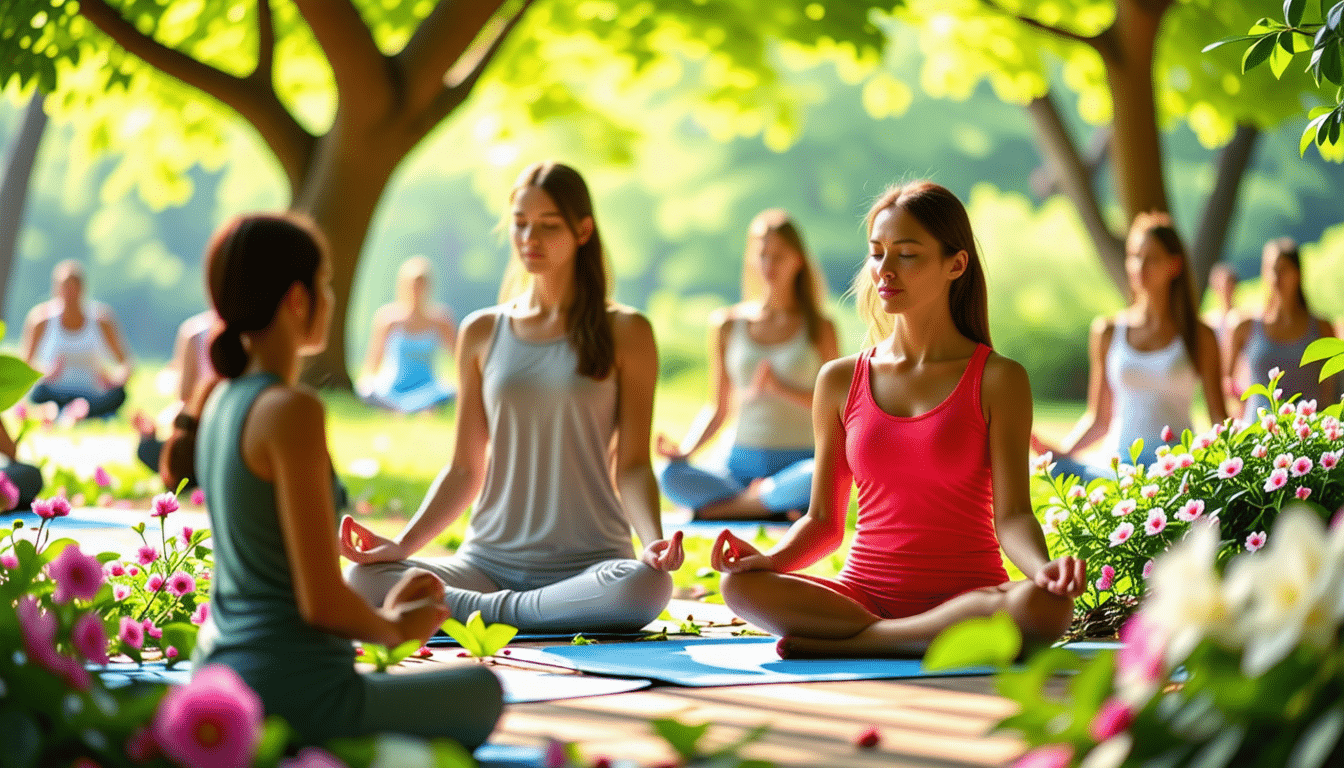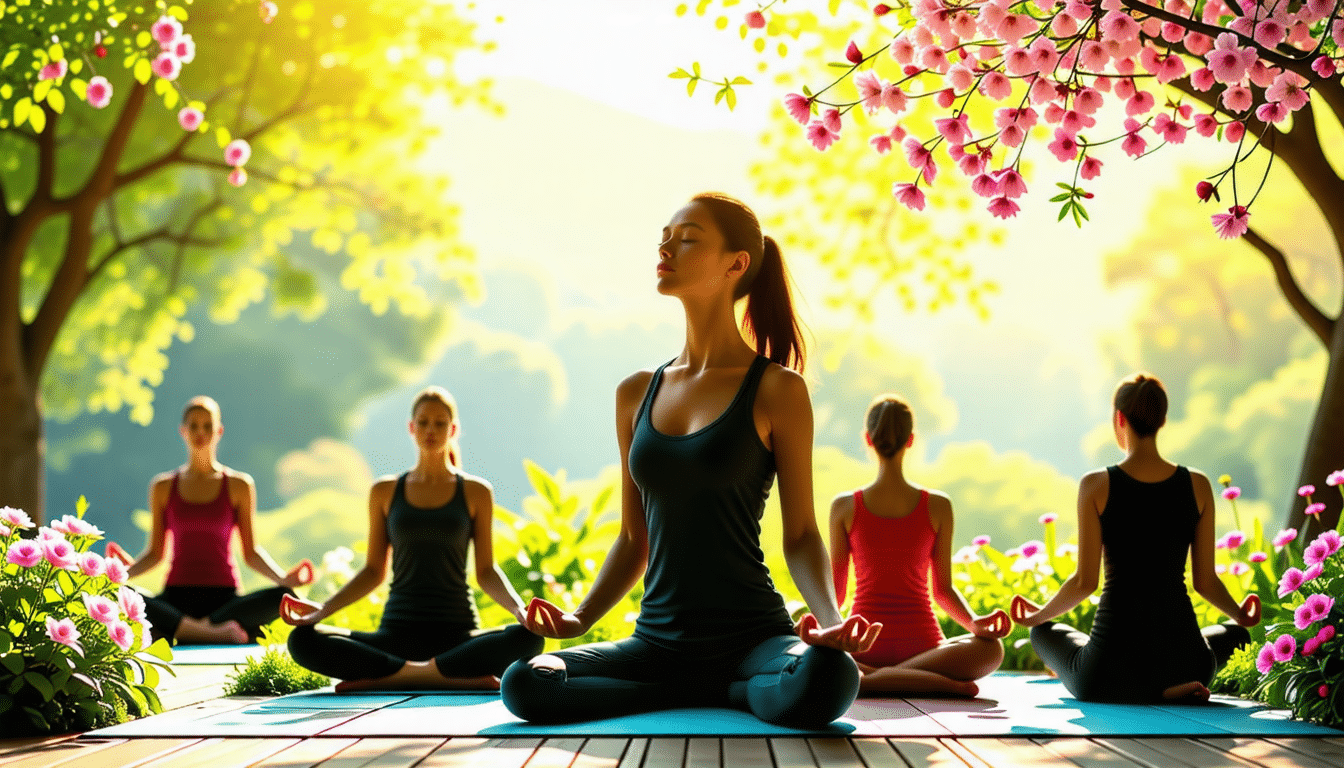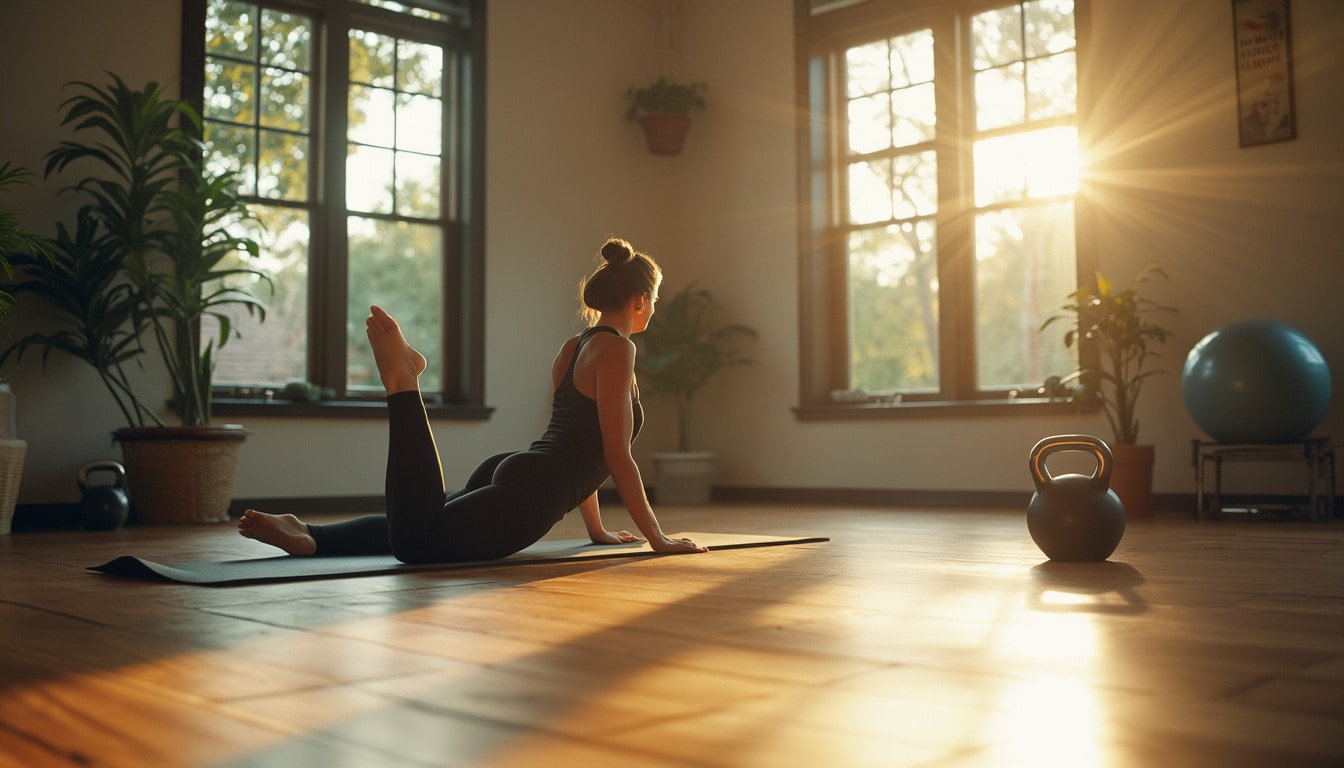Imagine harnessing an internal powerhouse that not only boosts your energy but also paves the path to a longer, healthier life. Welcome to the transformative world of mindful breathing. This ancient yet invigorating practice employs simple techniques to invigorate, conserve, and transform energy within the body. By mastering the art of breath, you unlock a cascade of benefits from improved physiology and stress reduction to enhanced performance and longevity. Dive into the practice of diaphragmatic breathing, embracing methods like the 4-7-8 technique, and explore how these tools can become an integral part of your routine, empowering you to breathe life into every second.
Breathing Your Way to Longevity: Techniques for Energy and Health Glossary
Breathwork: An umbrella term encompassing various mindful and conscious breathing techniques that aim to invigorate, conserve, and transform energy within the body. These practices are known to improve overall health and well-being, offering a sustainable way to manage stress naturally.
Deep Breathing: A technique that involves inhaling deeply and allowing the diaphragm to expand fully. By drawing air deep into the lungs, this method helps optimize oxygen exchange, leading to improved mental calmness and enhanced physiological functions. Deep breathing is often employed to manage anxiety and induce relaxation.
4-7-8 Breathing Technique: This method involves inhaling through the nose for a count of four, holding the breath for a count of seven, and exhaling slowly through the mouth for a count of eight. It’s a powerful tool for reducing stress, enhancing sleep quality, and promoting emotional well-being by calming the nervous system.
Diaphragmatic Breathing: Often referred to as “belly breathing,” this technique focuses on engaging the diaphragm for fuller, more efficient breath intake. With just ten breaths per minute, diaphragmatic breathing can significantly boost energy levels and support longevity by improving cardiovascular health.
Super Power Breathing: This approach to breathwork emphasizes deep, full, and complete breathing to calm, energize, and bring peace. By integrating these exercises, individuals can achieve higher health and maintain a youthful, vibrant energy.
Breathing for Longevity: Research suggests that certain breathing exercises can slow down aging processes. By enhancing the depth of each breath and managing stress effectively, these practices can contribute to longer, healthier lives.
Breathing Exercises for Relaxation: Techniques that focus on regulating the body’s stress response. Methods such as 4-7-8 breathing and slow, rhythmic inhalations can transform “fight or flight” reactions into states of calm. These exercises help mitigate anxiety, giving the mind and body a chance to recover and rejuvenate.
VO₂ Max and Breathwork: A term representing the maximum amount of oxygen that an individual can utilize during intensive physical exertion. Breathwork practices can increase VO₂ max, which is a cornerstone for enhancing performance in endurance sports, contributing to longevity. For more information on how endurance sports support a healthier life, explore Endurance Sports for a Healthier, Longer Life.
Different Breathing Techniques: From diaphragmatic breathing to meditative breathwork, incorporating diverse techniques into daily routines enables individuals to achieve different goals, be it calming the mind, boosting energy, or enhancing health.
Solar Energy Metaphor: Breathing is likened to solar energy — it’s a renewable, inexhaustible resource. Just as solar panels convert sunlight into energy, our bodies transform each breath into vitality, which regulates our emotions and aids in relaxation.
Instant Energy Boost Breathing Exercises: Some breathing exercises can provide an immediate energy boost. Techniques focused on quick, shallow breathing can enhance alertness and provide a quick injection of vigor when experiencing afternoon slumps.
Breathwork for Sustainable Health: By integrating mindful breath techniques, individuals can enhance immune system function, maintain stable energy levels throughout the day, and reduce reliance on external stimulants.
Breathing for Strengthening Immunity and Longevity: Breathing exercises can help bolster the body’s microbiota, a crucial aspect for immunity and long-term health. Discover more on how microbiota plays a role in sustainable health in Microbiota and Sustainable Immunity: Keys to Longevity.
Impact of Active Rest: Active rest, including focused breathing practices, engages the parasympathetic nervous system. This resting state fosters cellular repair, supports mental clarity, and enhances longevity.
Longevity Routines: Incorporating breathing exercises into daily life is a vital part of comprehensive longevity routines. Complement such practices with holistic approaches like natural food supplements explored in Unlocking Longevity: The Role of Natural Food Supplements.
Superfoods: While breathing techniques provide one avenue to enhanced longevity, complementing them with nutritional allies such as superfoods is essential in supporting a wholesome lifestyle.
Hydration and Breathwork: Proper hydration is critical for optimal breathwork. Water aids in maintaining lung function and ensures that cellular processes function smoothly, exemplified in Hydration: The Key to a Longer Life.

Frequently Asked Questions: Breathing Your Way to Longevity
Q: What are the key techniques for using breathing to enhance energy and health?
A: Key techniques include mindful breathing, diaphragmatic breathing, and the 4-7-8 breathing method. These techniques focus on invigorating and transforming energy within the body.
Q: How can breathing exercises contribute to longevity?
A: Breathing exercises can improve physiology, reduce stress, and enhance longevity by maintaining a deeper breath pattern and calming the mind.
Q: What is diaphragmatic breathing and why is it beneficial?
A: Diaphragmatic breathing, also known as abdominal or belly breathing, involves breathing deeply through the diaphragm. It is beneficial for lowering stress, boosting pulmonary health, and increasing oxygen intake.
Q: What is the 4-7-8 breathing technique?
A: The 4-7-8 breathing technique involves inhaling for four seconds, holding the breath for seven seconds, and exhaling for eight seconds. This technique is known for promoting relaxation and reducing anxiety.
Q: How often should I practice breathing exercises for optimal results?
A: Regular practice is key. Aim for at least 10 minutes of focused breathing exercises daily for the most beneficial effects on energy, health, and longevity.
Q: Can breathwork impact my mental health?
A: Yes, deep breathing exercises can significantly benefit mental health by calming the mind, reducing anxiety, and providing mental clarity.
Q: Are there any precautions I should take when doing breathing exercises?
A: While breathing exercises are generally safe, it’s important to start slowly, especially if you have a respiratory condition. Listen to your body and adjust as needed to avoid dizziness or discomfort.





